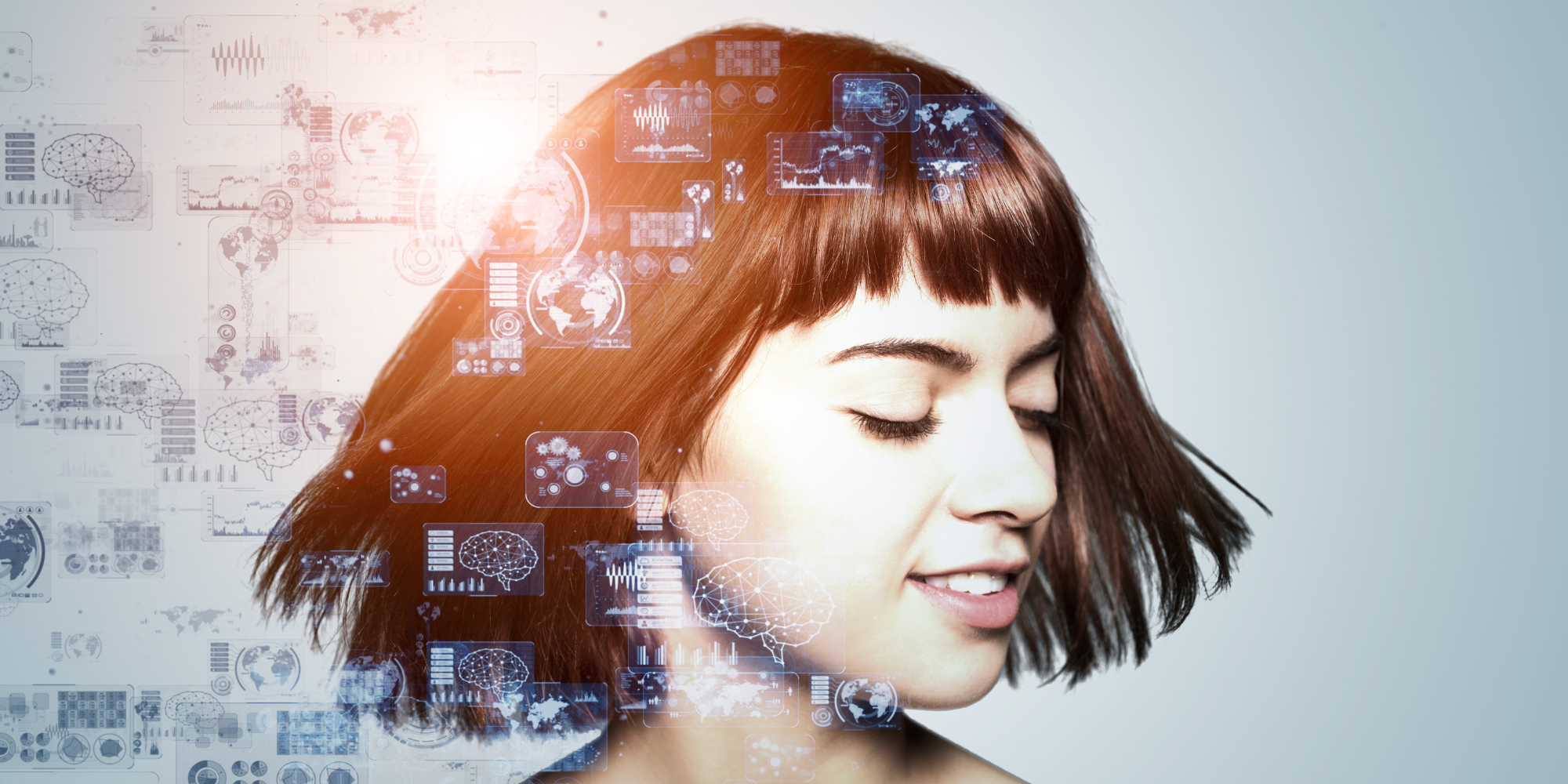
- April 18 2023
- Vanezia Hamilton
Demystifying Artificial Intelligence
Artificial intelligence is a field of computer science and engineering that deals with the creation of intelligent agents, which are systems that can reason, learn, and act autonomously. Artificial intelligence research began in the 1950s, when researchers first started trying to create computers that could simulate human behavior. Since then, artificial intelligence has come a long way— today’s AI systems can do things like recognize objects and words, understand natural language, and even navigate unfamiliar environments.
One of the key ingredients in creating AI systems is “machine learning.” Machine learning is a process by which artificial intelligence algorithms “learn” from data sets (usually labeled examples) by improving their performance on subsequent tests. This happens automatically without any user input or supervision. In essence, machine learning lets AI systems “teach themselves” how to perform certain tasks by analyzing large amounts of data and figuring out patterns.
While there are many different types of machine learning algorithms available, some of the most popular include support vector machines (SVMs), neural networks, Bayesian networks, and naive Bayes models. Each algorithm has its own strengths and weaknesses; it’s important to choose an algorithm that will best suit the data set being analyzed. However, despite their differences, all machine learning algorithms share one common trait: they allow artificial intelligence systems to learn from data sets in order to improve their performance on future tasks.
How does artificial intelligence work?
The first step in AI is to collect data. This can be done through things like surveys or by monitoring what users do on a website.This is where machine learning comes in. Machine learning is a process that allows computers to learn from data without being explicitly programmed. Instead, the computer makes predictions based on the data it has been given.
Once the computer has learned how to make predictions, it can be used to improve and analyze the data further. This allows for more accurate predictions and helps machines learn faster. Finally, the machine learning can be used to create new algorithms or models that can be used in future projects.
Types of AI
There are many different types of AI, each with its own set of strengths and weaknesses. In this article, we will discuss four different types of AI: supervised learning, unsupervised learning, reinforcement learning, and transfer learning.
Supervised Learning
In supervised learning, the data scientist provides a set of labeled examples (the “trainings”) to the machine learner. The machine learner then uses this information to learn how to predict values for new data instances that have not been seen before. supervised learning is popular because it allows us to train our machines on a set of known examples that we can use as a template for future predictions.
Unsupervised Learning
Unsupervised learning refers to methods that do not have any accompanying labeled training data. Unsupervised learning is often used when we want our machine learning algorithm to learn features without any prior knowledge about the structure of the data. Unsupervised methods are powerful because they allow us to learn general patterns across data without having preconceived notions about what those patterns might be.
Reinforcement Learning
In reinforcement learning, the goal is usually to model some sort of decision problem in which an agent (usually a computer program) must choose between two possible actions or outcomes. The agent receives feedback after each decision point in order to learn how best to pursue its goals in the future. While reinforcementlearning has traditionally been used for tasks such as controlling robots or optimizing financial algorithms, it could also be used for more general problems in AI, such as understanding natural language or predicting human behavior.
Transfer Learning
In transfer learning, we take knowledge from one type of machine learning algorithm and use it to train another machine learning algorithm. This is a powerful tool because it allows us to reuse existing machine learning algorithms without having to learn them from scratch.transfer learning can be used for a variety of tasks, including model training, prediction, and feature extraction.

Leave Your Comment
Unraveled the complexities of AI? Share your thoughts and insights below! Your feedback helps enrich our AI community discussion. Leave your comment now!